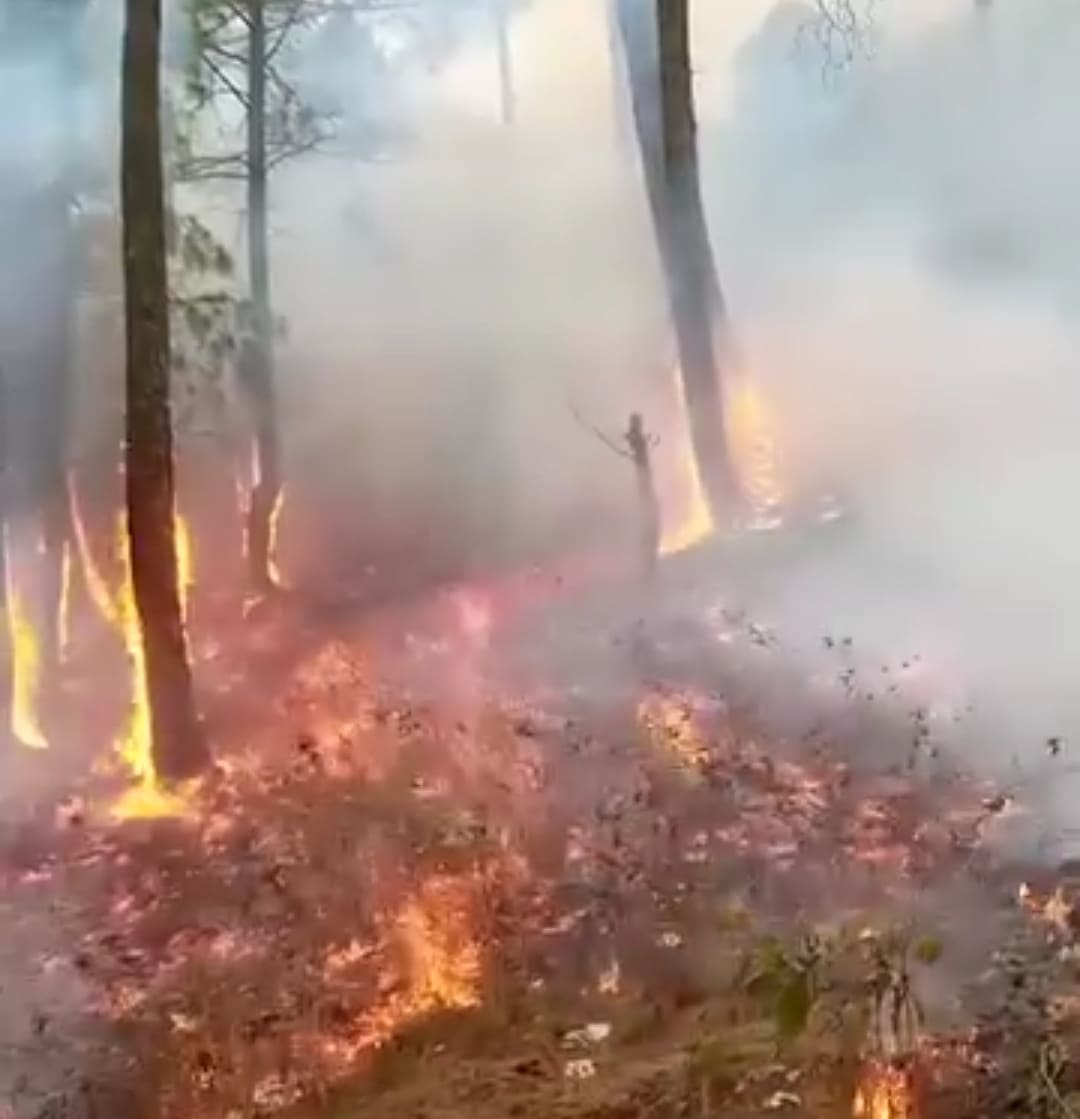Kathmandu, Nepal – Wildfires have emerged as a critical environmental and socio-economic threat in Nepal, as the impacts of climate change exacerbate the frequency and intensity of forest fires. Over the past years, prolonged drought-like conditions and shifting rainfall patterns have led to an alarming rise in fire incidents across the country.
In 2023 alone, Nepal recorded over 5,125 forest fire incidents between January and June, affecting 74 out of 77 districts. This escalating crisis is compounded by the government’s apparent inability to effectively recognize and address forest fires as a disaster. Experts have raised concerns about Nepal's inadequate preparedness and response mechanisms to mitigate the devastating impacts.
Recent fires in southern Kavrepalanchowk district’s community forests have spotlighted the urgency of the issue. Approximately 100 hectares of forests across Khani Khola and Bethanchowk Rural Municipalities were scorched, causing significant ecological and economic damage. The wildfire season in Nepal typically peaks between late February and late May, with mid-March to mid-May accounting for 60% of reported cases.
Uncontrolled wildfires in Nepal have far-reaching consequences. They disrupt essential services, exacerbate air pollution, and pose severe health risks, particularly in urban areas like Kathmandu. Wildlife habitats and biodiversity have suffered immensely, while local livelihoods dependent on forest resources face devastating losses.
Despite these growing challenges, the government has yet to classify forest fires as disasters, hindering effective action. Forest fire experts highlight the lack of community involvement and rigid policies governing forest resource use as major obstacles. High biomass burning has further intensified the fire risks, necessitating a radical rethinking of forest biomass management.
Globally, controlled burns are recognized as a solution to prevent large-scale wildfires by removing dead vegetation and promoting new growth. Nepal could benefit from adopting these practices, along with enhancing community participation and strengthening regulatory frameworks.
The international community is urged to take note of Nepal’s predicament as it reflects broader issues of climate-induced disasters affecting vulnerable ecosystems worldwide. Immediate interventions are essential to protect Nepal’s forests, biodiversity, and communities from the worsening wildfire crisis.